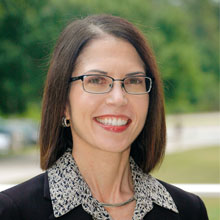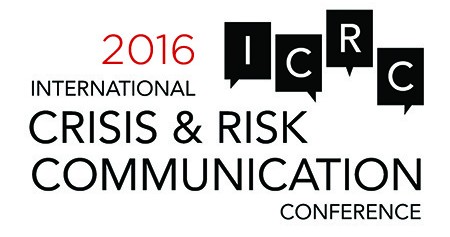
Professor
Nicholson School of Communication, University of Central Florida
United States
Dr. Denise E. DeLorme is a Professor of Advertising in the Nicholson School of Communication at the University of Central Florida (UCF). She joined the UCF faculty in 1996, after earning a Ph.D. from the University of Georgia Grady College of Journalism and Mass Communication. Dr. DeLorme’s research interests include advertising effects, health communication, pharmaceutical advertising, environmental communication, and qualitative methods. She has published in leading academic journals such as the Journal of Advertising, International Journal of Advertising, Journal of Current Issues and Research in Advertising, Communication Research, and the Journal of Health Communication. In addition, she has presented her work at numerous academic conferences. Dr. DeLorme has received research funding as PI or co-PI from the American Academy of Advertising, Promotional Products Association of Florida, Florida Fish and Wildlife Conservation Commission Advisory Council on Environmental Education, Florida Sea Grant, and the National Oceanic and Atmospheric Administration (NOAA). In 2012 she received a UCF Research Incentive Award. Dr. DeLorme currently serves on the Editorial Review Boards of the Journal of Advertising, International Journal of Advertising, Journal of Current Issues and Research in Advertising, and Journal of Advertising Education and was a recipient of a Journal of Advertising Outstanding Reviewer Award in 2006. She is an active member of the American Academy of Advertising, having served as Secretary in 2009 as well as on the Awards Committee, Research Committee, and currently the Publications Committee.
2014
Breakout Session: Communicating Coastal Risks with Interactive Sea Level Rise Viewers: A Comparative Analysis*
This presentation will center on digital tools that communicate about sea level rise (SLR)-related risks and provide guidance and support for risk management and decision-making. We focus on interactive SLR viewers, which are map-based visualizations that illustrate flooding risks and allow users to select different locations and effects of SLR to view. SLR and associated aspects of climate change have been described as “wicked” problems (Lorenzoni, I. et al. 2007, Futures 39, 65), characterized by their unprecedented nature, intimate association with societal values, and for which the range of possible solutions is constrained by how the problem is defined (Rittel, H. & Webber, M. 1973, Policy Sci. 4, 155). Like other aspects of climate change, SLR involves both human and natural systems. Responding to SLR-associated risks may necessitate large resource use and lifestyle changes.
Human response to SLR can be approached as a problem of risk and uncertainty management. Individuals, organizations, and broader society must make decisions about how best to mitigate and adapt to the effects of SLR. It has been argued that climate change-related risk communicators should step beyond traditional information dissemination or persuasive roles and support decision-making directly by helping audiences visualize social and environmental risks and weigh uncertainties (Pidgeon, N. & Fischhoff, B. 2011, Nature Climate Change 1, 35).
In this presentation, we describe a content analysis of 20 interactive SLR viewers that we conducted to characterize and compare how they are being used to support risk visualization and decision-making. SLR viewers incorporate empirical data and quantitative models to produce scenario-based projections of SLR, estimate flooding risks, and communicate these risks visually on digital maps (Kostelnick, J. et al. 2013, Cartographica 48, 200). Visualizations can then be used to support coastal management decisions, such as where to situate ecological restoration or public infrastructure.
We begin this presentation by differentiating several audiences for digital SLR viewers and describing their decision support needs. Next, several case studies will be provided to illustrate and explore three themes that emerged from our content analysis: (1) how the type of computer model in the SLR viewer helps support the audience’s overall mental model of SLR; (2) how different visualizations depict potential flooding magnitude and uncertainty; and (3) how different visualizations incorporate social or ecological components into their communication of risk. Together, these themes advance a more comprehensive interdisciplinary understanding of SLR-related risk and uncertainty for decision-making.
We then discuss the effectiveness of the SLR viewer examples as risk-management and decision support tools for designated audiences. Recommendations will be provided for SLR viewer best practices in the key areas of supporting accurate mental models of SLR, communicating uncertainty, and communicating about social and ecological dynamics. The presentation will conclude by situating the risk management approach to SLR communication within the broader field of climate change communication research. This research is funded by NOAA as part of the Ecological Effects of Sea Level Rise in the Northern Gulf of Mexico project.
*Sonia Stephens, Denise DeLorme and Scott Hagen co-authored this paper. Denise DeLorme and Scott Hagen will be presenting.


